Doing this one thing now will prevent 'root rot, mildew and leaf spot' during heavy rainfall
Now is the time to act, says one gardening expert, to protect pots and containers from heavy showers 'suffocating roots'
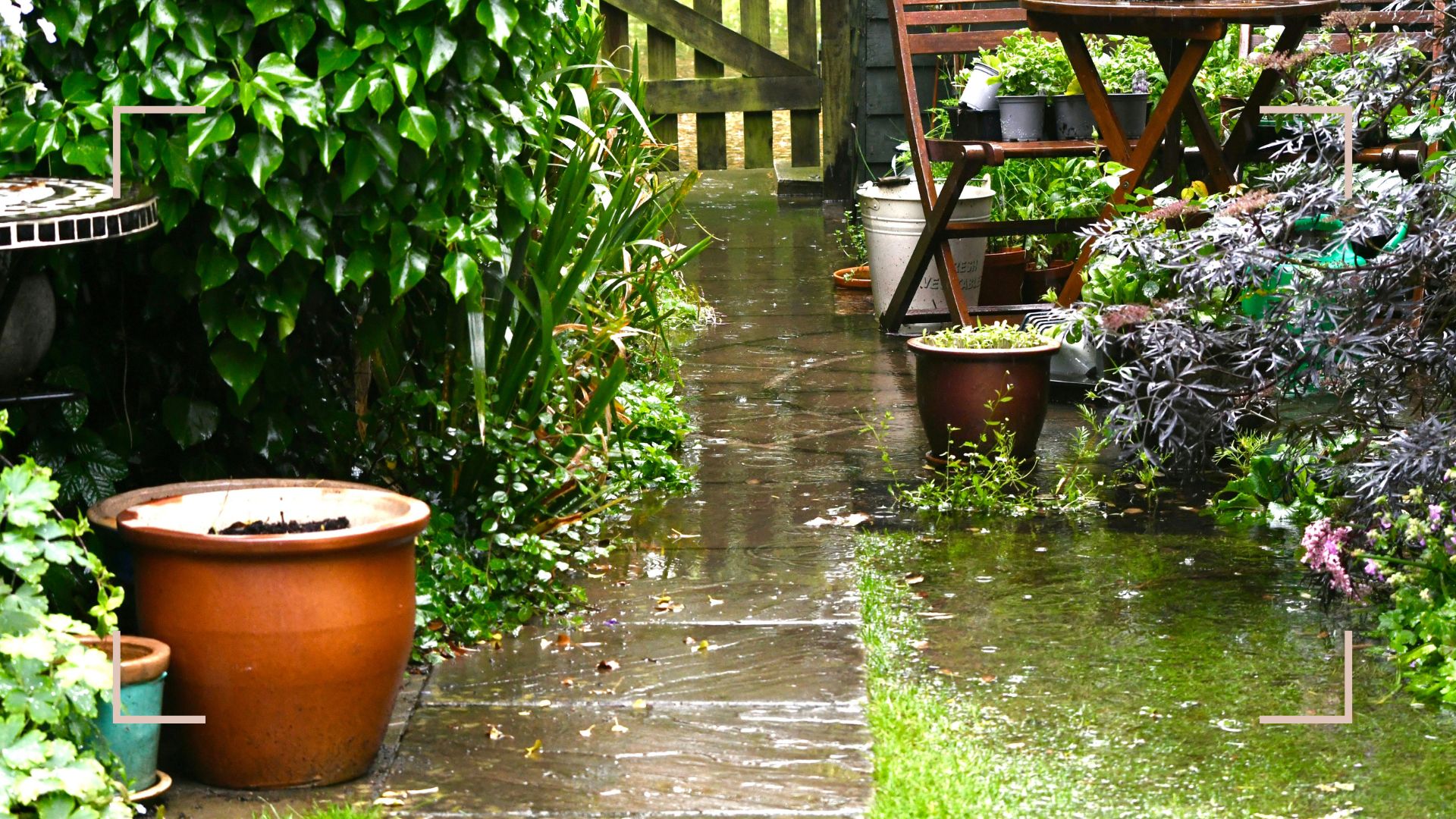

Until now, the weather has been unseasonably warm and dry, but it was only a matter of time before the forecast changed to heavy downpours and strong winds, both of which can wreak havoc with our gardens.
During autumn/winter, it's essential to protect gardens from heavy rain, and sometimes the simplest of measures can make all the difference.
Many gardeners unknowingly make a common mistake that puts their beloved plants at risk of becoming waterlogged during heavy rainfall. The crucial error is a simple one to make...leaving pots and containers directly on the ground.
Potted plant drainage mistake to avoid this autumn/winter
Josh Novell, a gardening expert at Polhill Garden Centre, explains that although it may seem harmless, this common habit can seriously damage your plants during adverse weather. “Even a short downpour can suffocate roots if pots sit on soaked soil,” Josh warns.
So why is this mistake so damaging for our potted plants? “Waterlogged soil blocks oxygen," Josh explains. "Nutrients can’t reach roots, and plants become prone to fungal diseases like root rot, powdery mildew, and leaf spot.”
It's easy to assume that rain is harmless, or even beneficial, for watering your outdoor plants properly. But, in reality, poor drainage and stagnant water can quickly damage or even kill plants, especially those in pots or poorly drained soils.
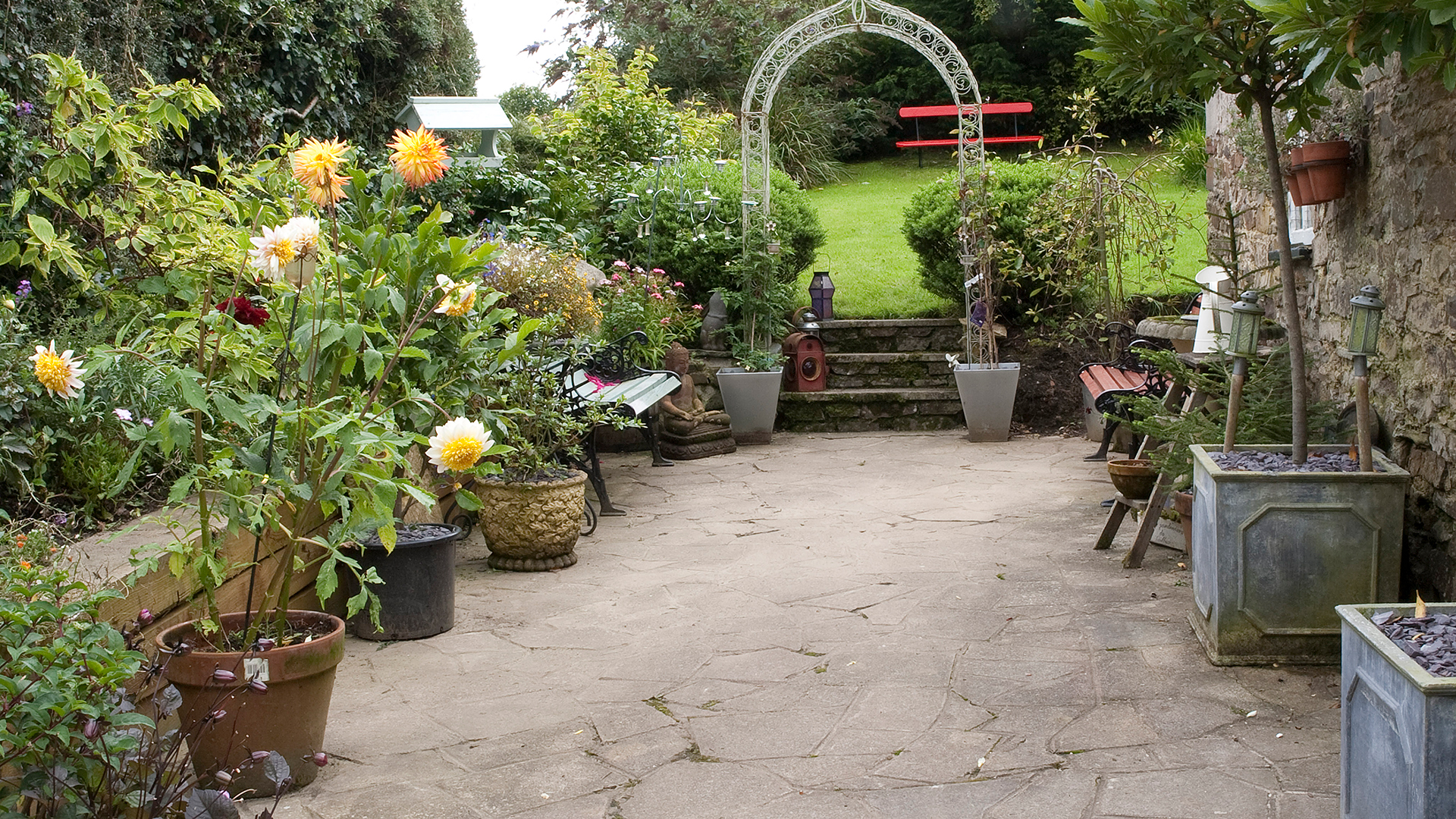

Josh has over six years' worth of experience in the horticulture industry. He began his career as a strategy manager before working his way up to become a director and is now a key part of the day-to-day running of Polhill Garden Centre.
What's the solution?
The solution for protecting potted plants during downpours is a simple one. “Elevation is one of the easiest ways to protect your plants without complicated landscaping,” Josh explains. “It only takes a few minutes, but it can make all the difference during heavy rainfall.”
Sign up to our free daily email for the latest royal and entertainment news, interesting opinion, expert advice on styling and beauty trends, and no-nonsense guides to the health and wellness questions you want answered.
Raising pots on specially designed plant feet, bricks or even gravel allows any excess water to drain freely, keeping roots healthy and preventing rot.
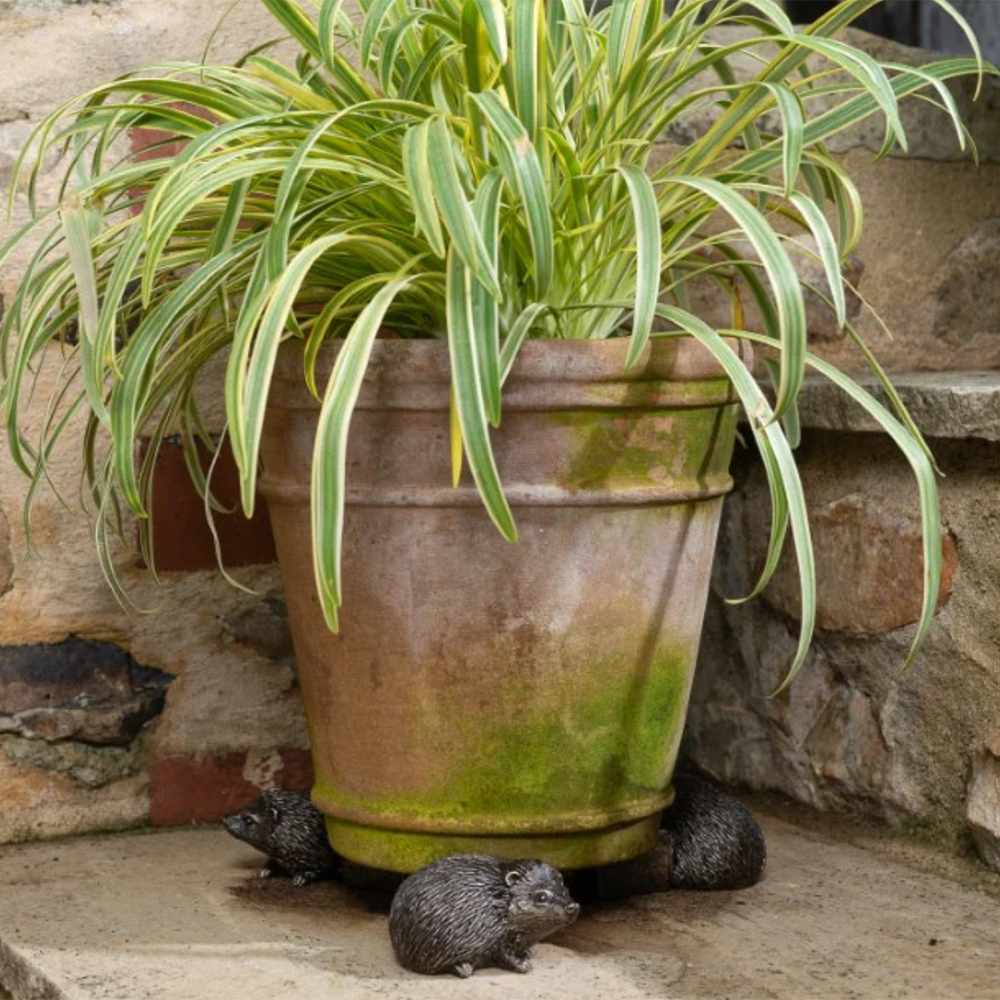
RRP: £21.95 for a set of 3 | If you want your feet to enhance your plant pot and add some cheer to your garden what could be cuter than these adorable hedgehog feet?
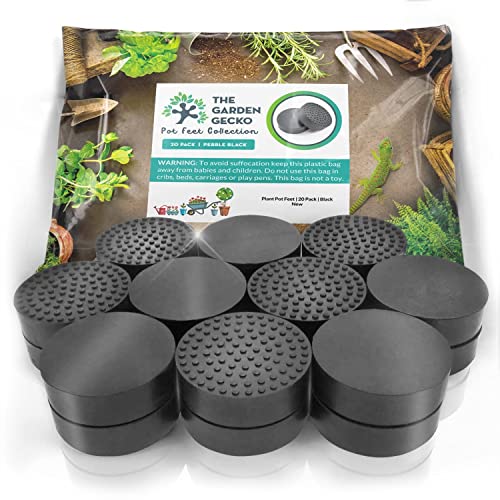
RRP: £14.97 for a 20 Pack | This solution is ideal for those who the seamlessly elevate feet without visible feet on show. These solid rubber pot risers feature an enhanced non-slip surface grip.
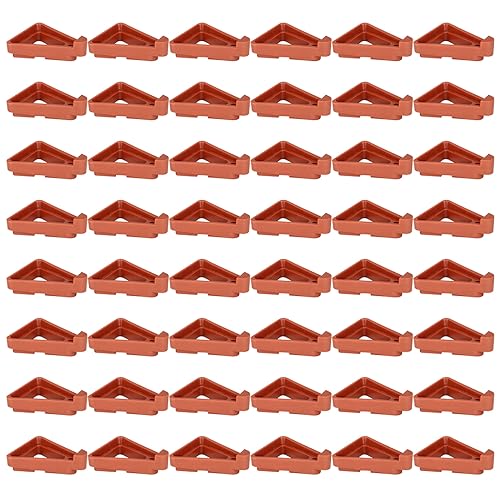
RRP: £14.99 for 48 | This generous set is perfect if you have lots of pots and need a basic, budget solution. The understated triangle plastic planter feet risers supports pots both outdoor and indoor.
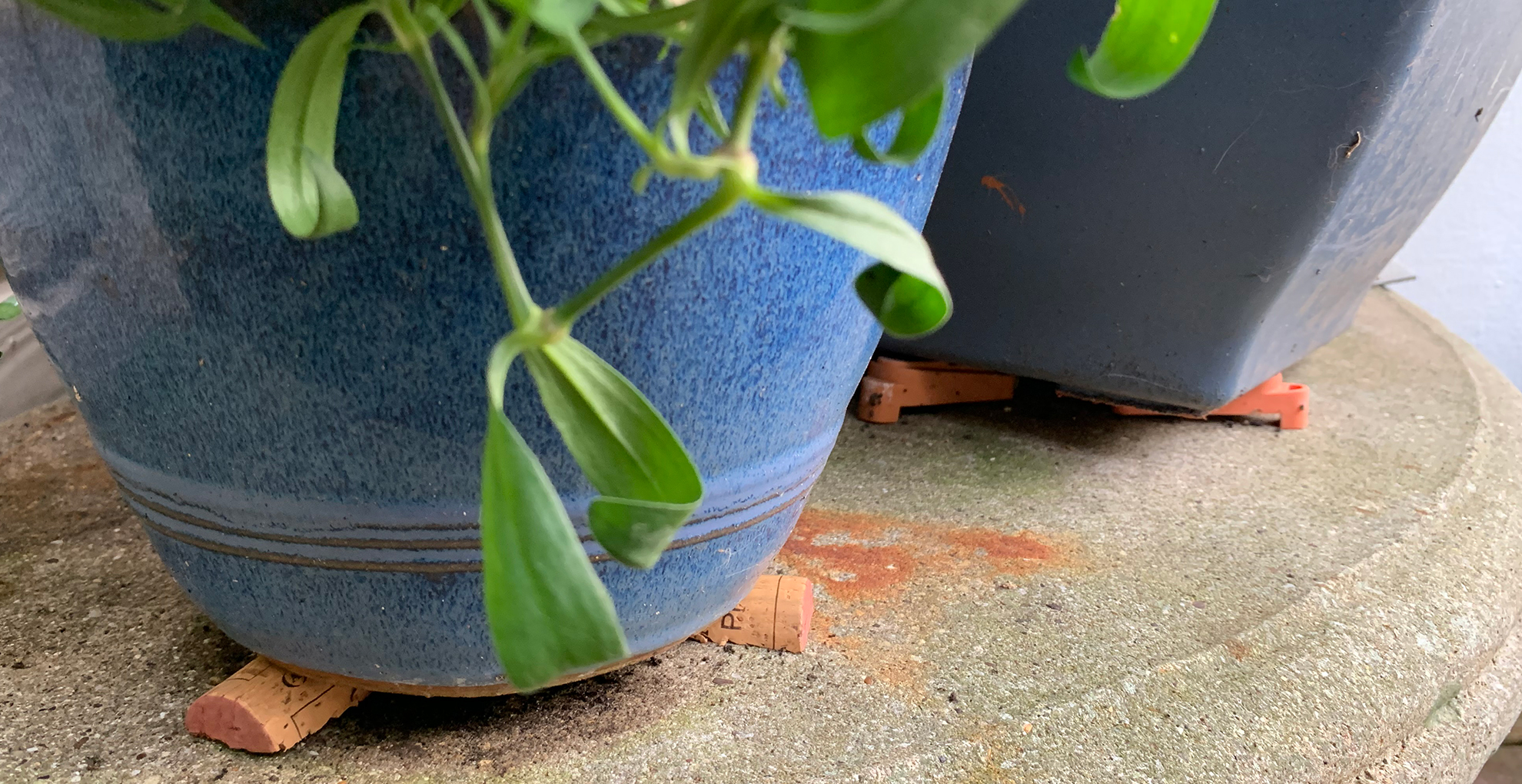
Did you know you can make free plant pot feet using old wine corks?
You can make your own free plant feet by using wine corks in your garden. Simply cut the corks in half to create one flat side to balance the pot on top.
Here are Josh's additional three top tips for caring for potted plants during heavy rainfall...
- Don't cover plants with plastic or impermeable sheets: “Many gardeners instinctively cover plants to protect them from heavy rain, but this can backfire,” Josh explains. “Trapped water and high humidity create the perfect environment for fungal diseases like powdery mildew and leaf spot. It’s far better to use breathable covers, or leave plants uncovered if they’re hardy enough.”
- Failing to move delicate potted plants: “Some pots contain plants that are particularly sensitive to soggy conditions,” Josh explains. “If possible, move them under a sheltered area during the heaviest downpours." Many of these constitute the tender plants to bring indoors in autumn.
- Overwatering on top of rain: “Gardeners often think they should water during storms, but adding extra water to already saturated soil can suffocate roots and lead to rot,” Josh warns. “Before watering, always check the soil. Most plants won’t need extra watering after heavy rainfall, and overwatering can actually do more harm than good.”
There are a few exceptions to the rule. “Some plants actually thrive in wet conditions,” Josh explains. “Aquatic plants, bog plants, and certain perennials like marsh marigolds or hostas enjoy soggy soil, so you don’t need to elevate or aerate them.”

Tamara is a highly experienced homes and interiors journalist with a career spanning over 22 years. Now the Lifestyle Editor of womanandhome.com, she previously spent 18 years working with the style teams at Country Homes & Interiors and Ideal Home. With these award-winning interior teams, she gained a wealth of knowledge and honed her skills and passion for styling and writing about every aspect of lifestyle and interiors.
A true homes and interiors expert, Tamara has been an ambassador for leading interior brands on multiple occasions, including appearing on Matalan’s The Show and presenting at top interior trend forecasting events such as the Autumn Fair and Spring Fair.
You must confirm your public display name before commenting
Please logout and then login again, you will then be prompted to enter your display name.